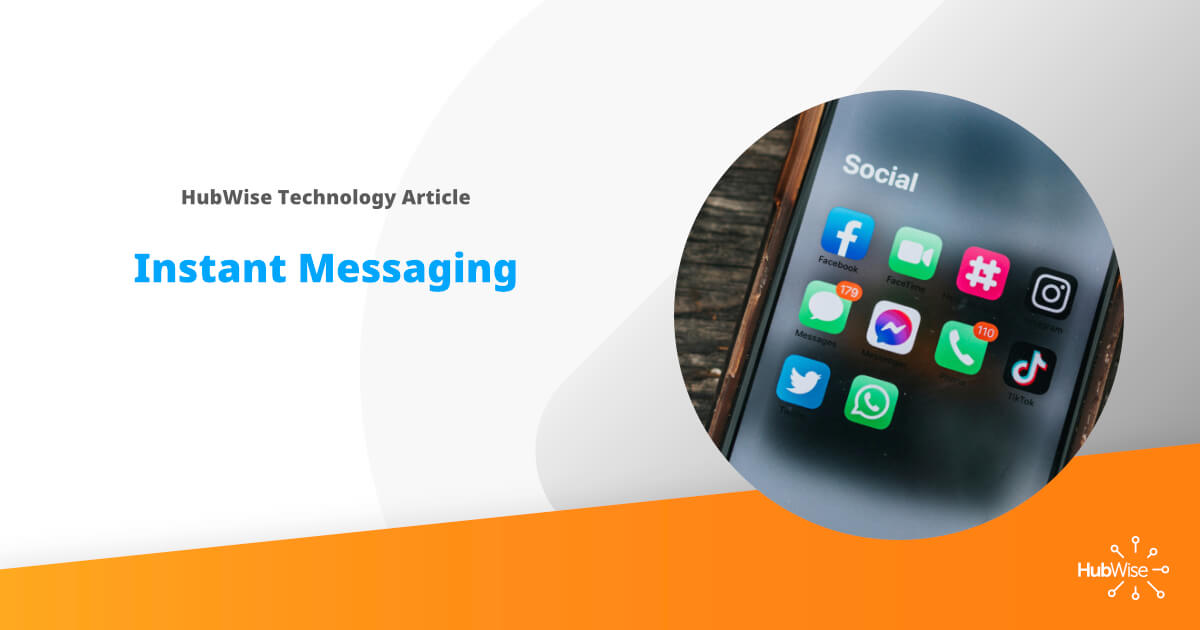
Instant Messaging
Instant messaging has been around for decades, since around the 1990s. The first concept was the Internet Relay Chat (IRC) which allowed users to connect to networks with client software to chat with groups in real time. As the late 90’s hit, there are several big corporations looking for a share in the market: ICQ, AIM, MSN, and Yahoo. This has escalated to being used by 3.6 Billion users today.
So why should someone use instant messaging, and why is it beneficial in the workplace? First off, most instant messaging systems come with your current suite of applications like Microsoft Teams or Skype for Business. This means that you shouldn’t have a big bill to pay for you to start using IM applications. Secondly, it allows for group communication as the option for smaller user picked groups allows for projects to be better handled and more efficient. Also, it is great for improving other forms of communication. For instance, if you are on a conference call and you need additional information from a co-worker you can silently message them without leaving the call. Thirdly, it promotes employee engagement. When co-workers have open lines of communication, they are going to be more likely to care about the work they do and the company they work for. It promotes friendlier communication which can result in more productivity and creativity. Lastly, it allows increased productivity from remote users. Whether you are in the office, or elsewhere you can communicate just as effectively. Home users can communicate without having to dial a phone at the hope that the end user is available or has time for a call. It helps speed up work as you do not have to wait to send emails that have to get scanned by filters and firewalls.
Finally, the benefits of instant messaging should be a fundamental function of your business and how you operate as the benefits of increased communication easily outweigh the potential costs you may have.
